How Do I Choose the Right Timber Grade for an Outdoor Decking Project?
Introduction
Choosing the right timber for your outdoor decking project isn’t just about appearance—it’s about long-term performance, durability, safety, and value. While species selection often gets the spotlight, timber grade is equally critical. The grade you choose will determine the quality, strength, and consistency of your decking boards, impacting everything from structural integrity to maintenance requirements.
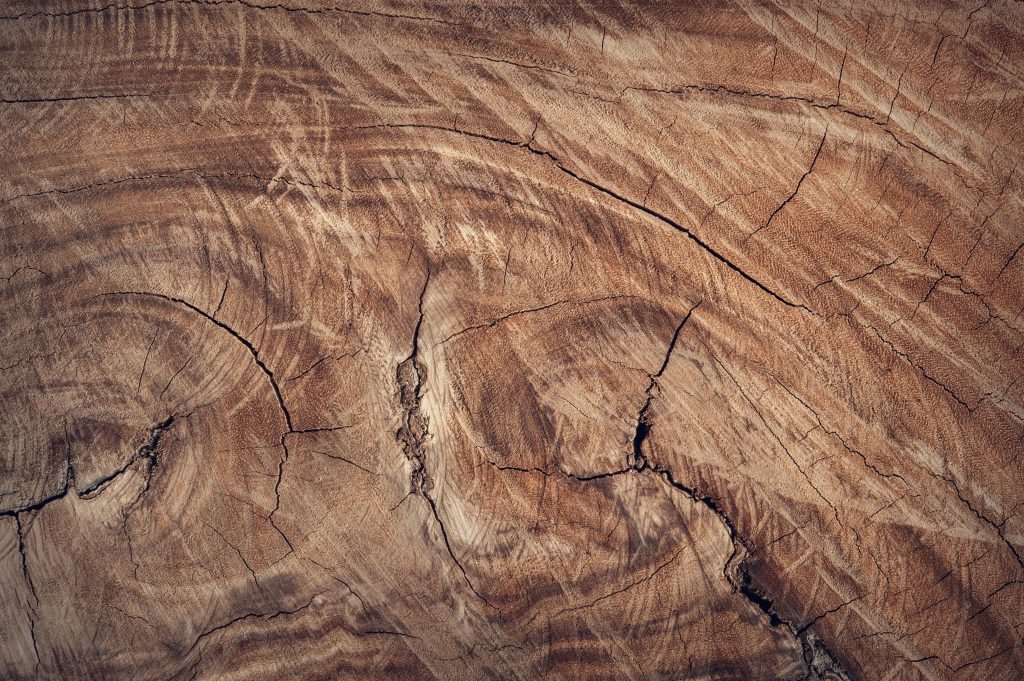
In this guide, we’ll break down exactly how to choose the right timber grade for an outdoor decking project, including what timber grades mean, the differences between structural and appearance grades, and which options best suit various climates and usage types.
What Does Timber Grading Actually Mean?
Timber grading is the classification of wood based on its strength, appearance, and suitability for use. In Australia and many other regions, grading systems are standardized and regulated to ensure safety and performance.
There are two primary types of grading:
1. Structural Grades
Assessed for load-bearing capacity and performance under stress.
- Used for: Framing, bearers, joists, sub-decking
- Common grades: F5, F7, F17 (Australia); C16, C24 (UK/Europe)
2. Appearance Grades
Assessed based on visual appeal—knots, grain, color, and surface finish.
- Used for: Decking boards, cladding, handrails
- Common labels: Select Grade, Standard & Better, Feature Grade, Utility Grade
Key Factors When Choosing Timber Grade for Decking
1. Project Location and Climate
Different environments affect timber in different ways.
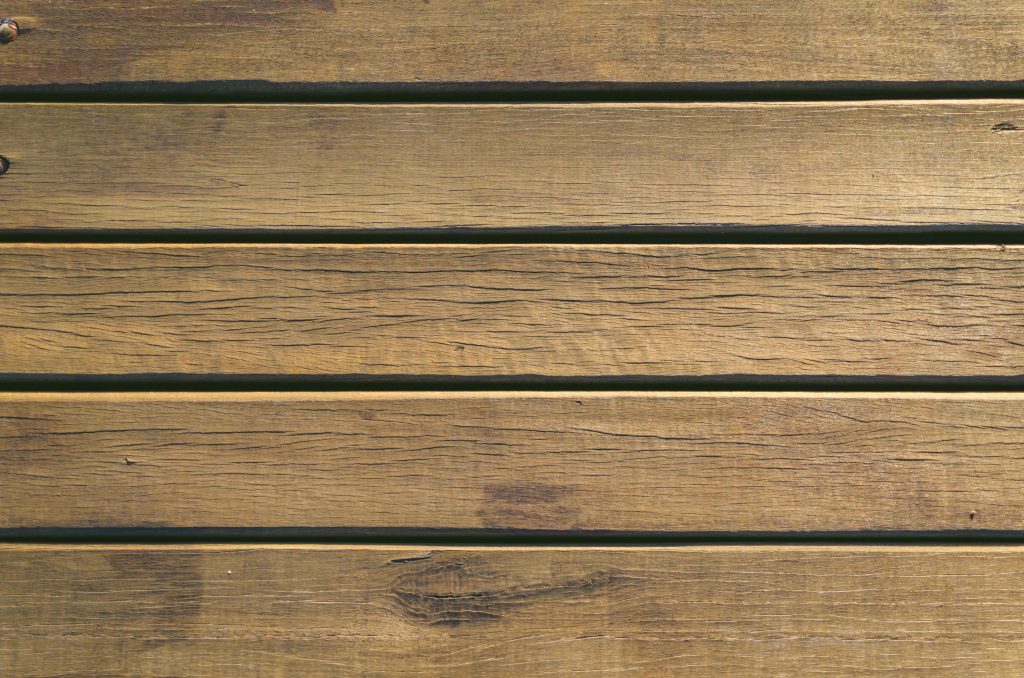
- Tropical and coastal areas (e.g., Queensland, Northern Territory): Use higher-grade, dense hardwoods with minimal defects to resist moisture and insects.
- Dry, inland regions: Timber can be more prone to shrinkage or cracking; a stable, high-quality grade helps reduce movement.
- High-altitude or shaded areas: Risk of mould, moss, or decay—opt for naturally durable timber with higher appearance grade and fewer defects.
2. Load and Traffic Expectations
Consider how the deck will be used:
- High-traffic areas (commercial or large households): Use premium grades with fewer knots or inconsistencies to ensure safety and longevity.
- Low-traffic or private use (garden corners, walkways): Standard or utility grades may be acceptable with the right maintenance.
3. Timber Species Compatibility with Grading
Not all species are graded equally. Some hardwoods naturally meet higher strength and durability standards, even at lower appearance grades.
| Species | Common Use in Decking | Notable Properties |
|---|---|---|
| Merbau | Premium decks | Dense, termite-resistant, rich color |
| Spotted Gum | High-end applications | Hardwearing, attractive grain |
| Blackbutt | Mid-range decks | Fire-resistant, stable |
| Treated Pine | Budget decks | Cost-effective, chemically treated for durability |
4. Appearance vs. Budget Trade-offs
Higher appearance grades come at a higher cost. These are ideal for visible surfaces and high-end architectural finishes.

Appearance grade breakdown:
| Grade | Visual Quality | Suitability |
|---|---|---|
| Select Grade | Virtually defect-free | Premium decking, luxury finish |
| Standard & Better | Minor imperfections | General-purpose outdoor decking |
| Feature Grade | Visible knots and grain variation | Rustic, character-filled spaces |
| Utility Grade | Significant defects | Not recommended for exposed decking |
Tip: For visible areas like the deck surface, use Select or Standard & Better. For structural components beneath the surface, structural grades (F7 and above) are more relevant.
5. Compliance with Building Codes
Check local regulations to ensure your timber grade meets:
- AS 2082 (Australia): Visual grading of hardwoods
- AS/NZS 2878: Grading for structural softwoods
- Bushfire Attack Level (BAL) ratings if applicable
- Slip-resistance requirements for outdoor flooring
Always consult your local building authority or builder before purchasing materials.
6. Sustainability and Sourcing
Look for sustainably harvested timber certified by:

- FSC (Forest Stewardship Council)
- PEFC (Programme for the Endorsement of Forest Certification)
Sustainably graded timber supports environmental conservation while maintaining high product standards.
Step-by-Step: How to Choose the Right Timber Grade
- Determine deck purpose and traffic level.
- Residential or commercial? Entertaining or decorative?
- Assess your location’s environmental conditions.
- Moisture, sun exposure, salt spray?
- Choose the species suited to your conditions and budget.
- E.g., Merbau for tropical durability; Treated Pine for cost-effectiveness.
- Select grade based on visibility and performance.
- Use Select or Standard grade for top decking boards.
- Use appropriate structural grade (e.g., F7+) for substructure.
- Verify building code compliance.
- BAL rating, slip resistance, structural rating?
- Check supplier documentation.
- Ensure proper grading stamps and certifications.
Pro Tips for Working with Graded Timber
- Store timber flat and dry before installation to prevent warping.
- Allow timber to acclimatise to site conditions before installation.
- Pre-oil or seal boards before exposure to elements, especially for high appearance grades.
- Use stainless steel fixings for dense hardwoods to prevent staining or corrosion.
- Regularly maintain decking with oils or sealants to extend lifespan and preserve appearance.
Conclusion
Selecting the right timber grade for your outdoor decking project is a balance between performance, aesthetics, budget, and environment. Whether you’re building a premium poolside retreat or a practical garden deck, understanding timber grading ensures your investment is structurally sound, visually pleasing, and built to last.

Choose high appearance grades where it counts, don’t compromise on structural integrity, and work with trusted suppliers who can guarantee compliance and sustainability. With the right timber grade, your deck won’t just look good—it will perform for years to come.
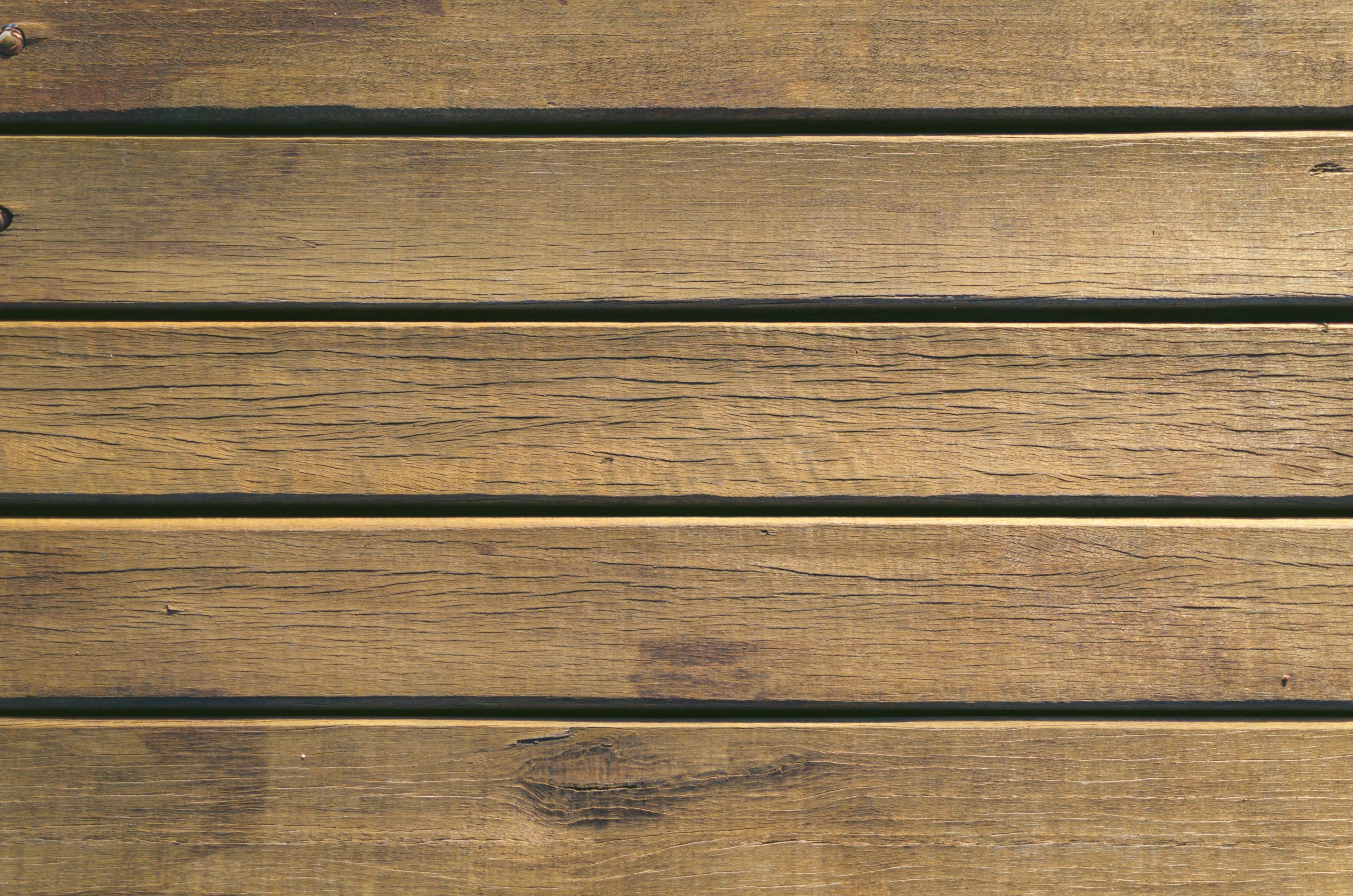


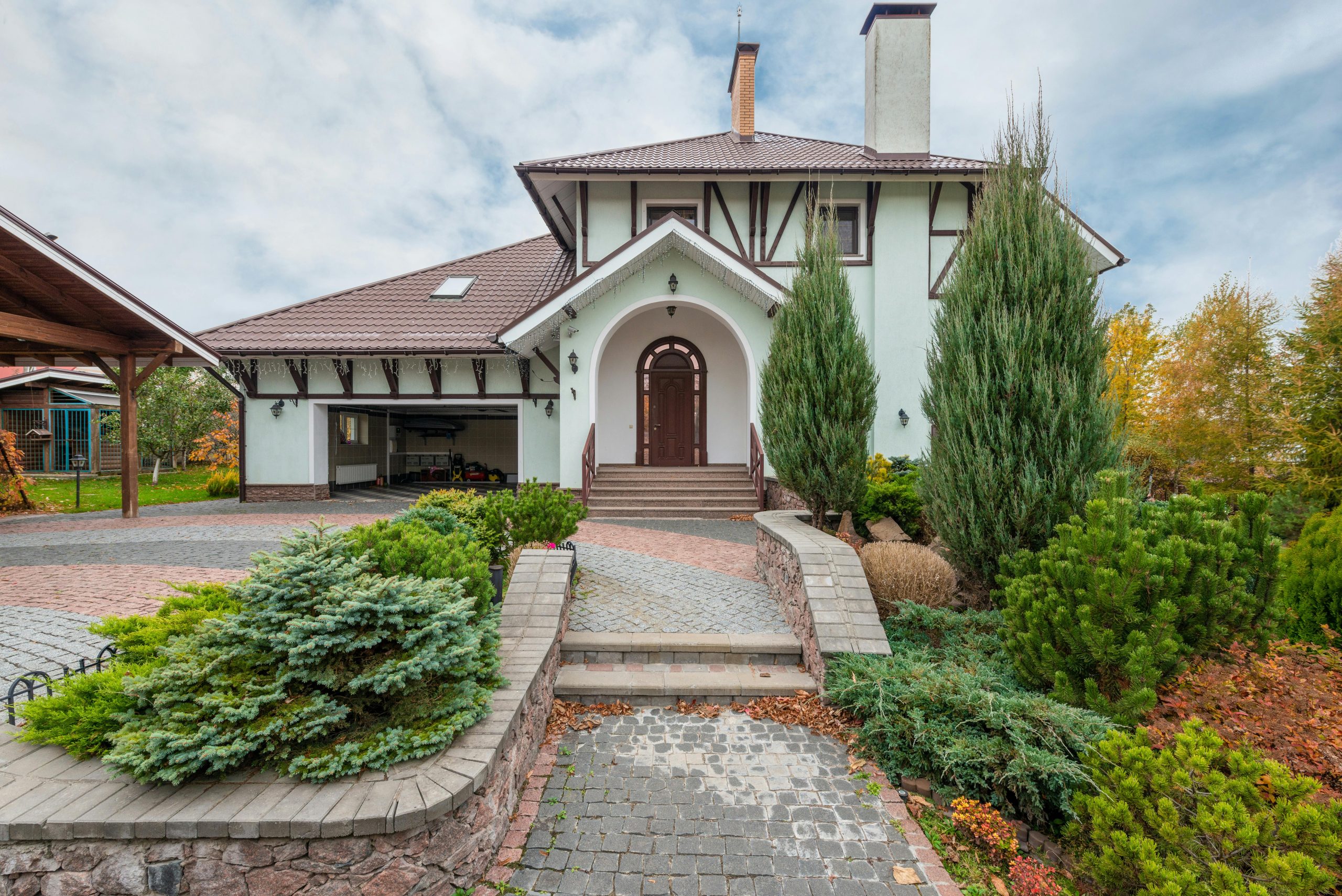
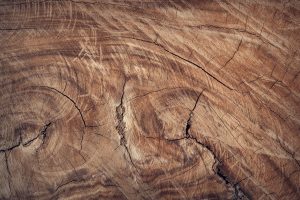

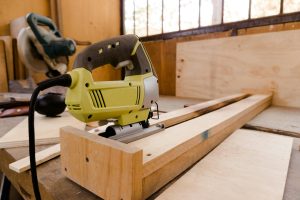

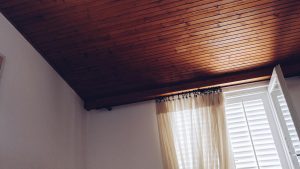



Post Comment